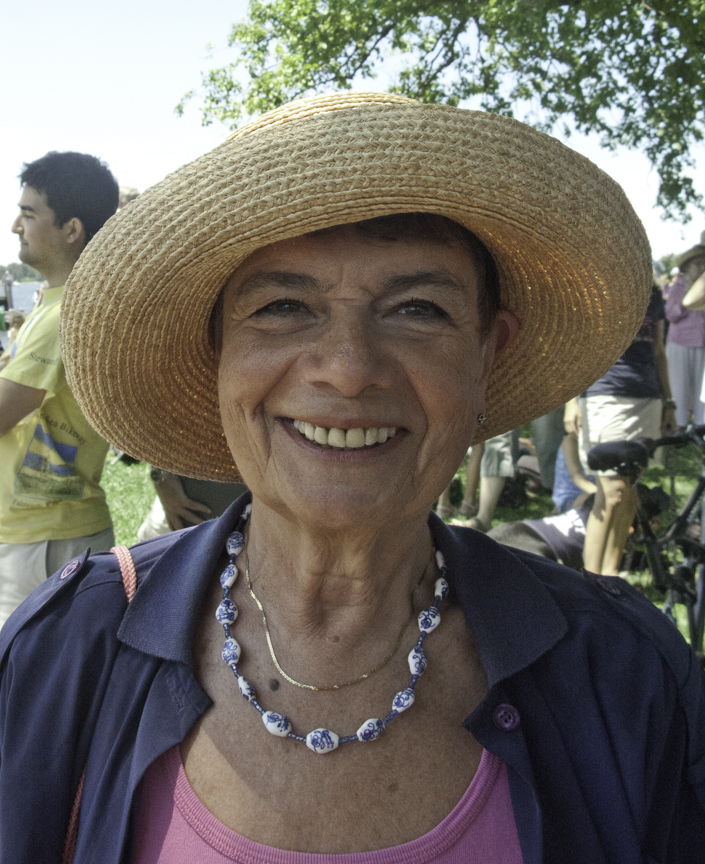
Flora Schiminowitz
I envy the people that discover Woods Hole for the first time. For me it was the summer of 1960. My husband wanted me to know this place before going to Europe and back to Argentina, where I was born in 1938. WH was for me love at first sight: a scientific utopia in a Main Street that has water on both sides and a draw bridge in the middle of all activities and a breathtaking sea landscape. This is what beauty is all about, I thought.
After a few years in Buenos Aires we returned to USA and the following summer to WH. Our first child Gabriel said his real first word: puente (bridge in Spanish) here. I would have been unable to finish my doctoral dissertation if it was not for WH. My mentor's comments gave me the chills. I would leave my work at the MBL library, go for a swim at Stoney beach and come back refreshed to face my work in progress. In WH I met my cousin Esther Rowland. We discovered our family ties later (we lived in the same town during the year). When Esther became Dean at Barnard College, her connections to a member of the Spanish and Latin American Cultures Department allowed me to also connect with them and I was lucky and able to be part of that Department for the next 30 years. It was my golden age after Graduate School.
I arrived at Barnard during the rising waves of Feminism, an incredible time. Inspired by the movement, its vision and passion, I dedicated a great part of my research to the study of Latin American Women writers -- Isabel Allende, Elena Poniatowska, Rigoberta Menchu, among many others -- who were instrumental in giving a voice to the voiceless. Those writers created narrative structures relevant to women's experiences.
I have written books, numerous articles and essays on the subject of Latin American women. I contributed to many collections, including the Handbook of Latin American Literature for the Library of Congress. I have given lectures and presentations throughout the world, concentrating in feminist revisions of history, trying to contextualize women's writings to their particular environments.
It was in WH that I met also the most remarkable group of creative and outstanding women. It happened mainly at the exercise class of Ann Weissmann. It was the coffee after class that allowed us to discover that there is a women's world in WH that are absolutely mesmerizing because of their knowledge and inventiveness. When I met Joan Pearlman I was immersed in the world of Anais Nin (part of my dissertation) and Joan was for me the essence of Anais Nin: Life as a Work of Art.
Magic realism is the poetic interpretation of reality. Because of my WH women friends I am part of that experience: where the magical and real worlds meet. If I had to make a list of appreciations, the women at the WH Library would also be tops.
Thank you all for allowing me to have a voice.
